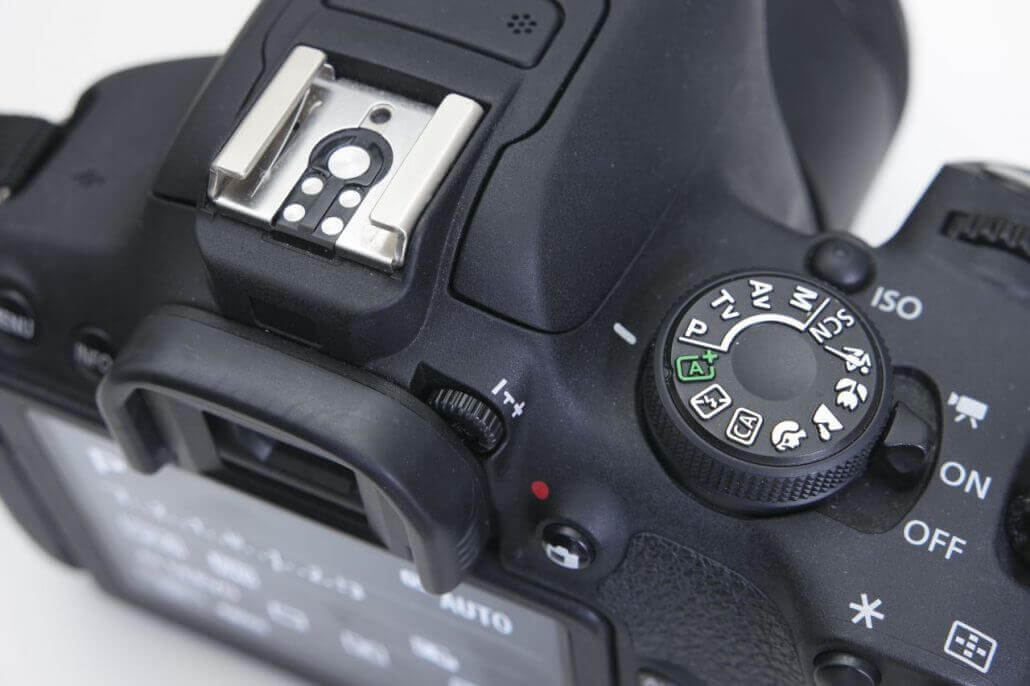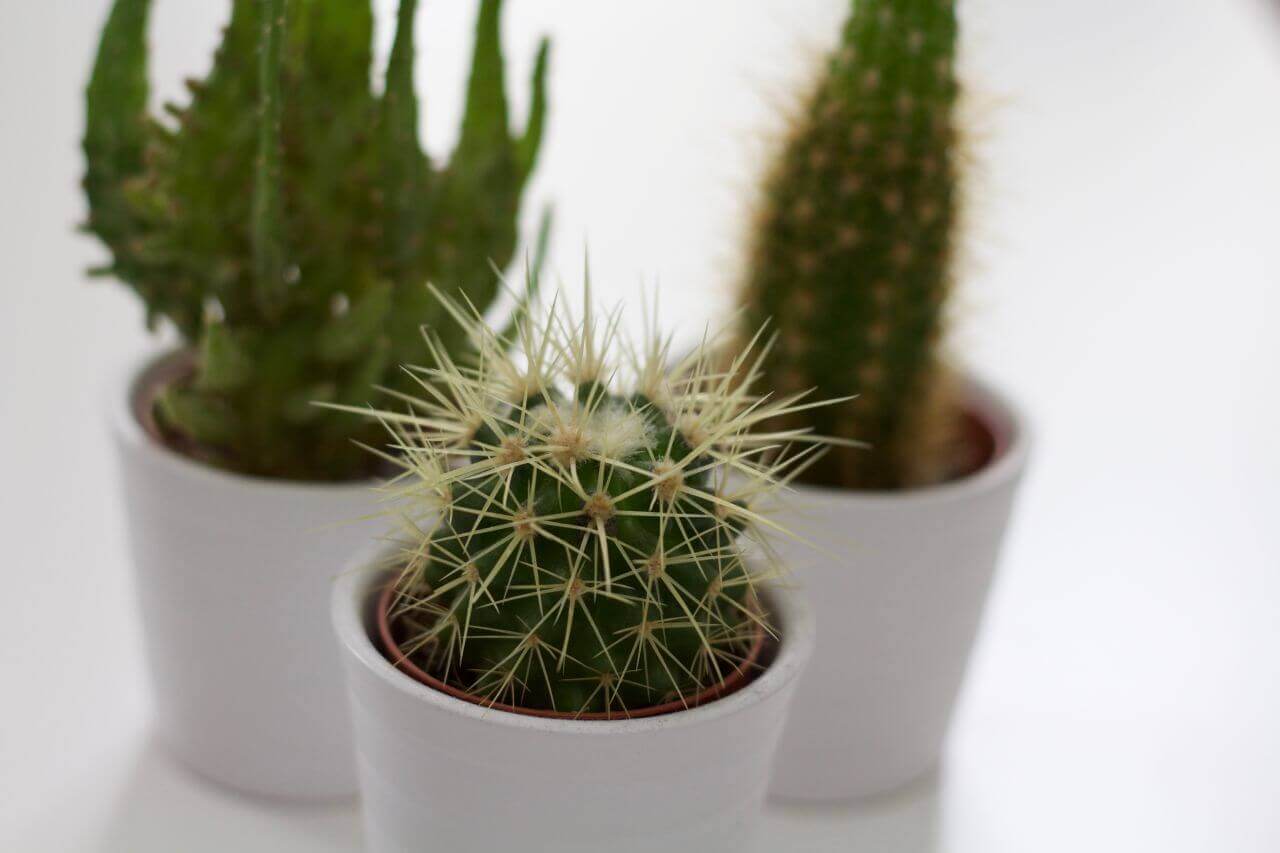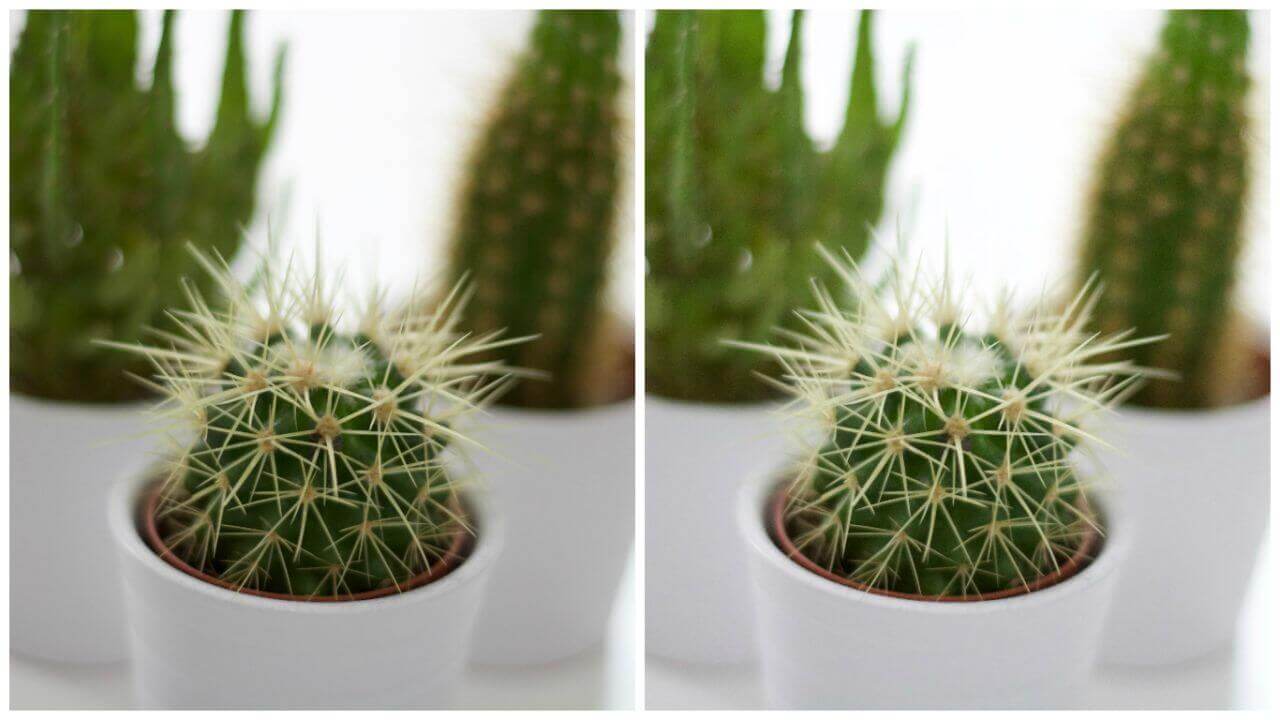
Using Automatic Mode on a DSLR
Every digital single-lens reflex (DSLR) camera has a mode dial on the top with which you can switch between the different shooting programmes. You will usually find some scene programmes as well as a video mode and one for user-defined settings. AUTO, P, A, S and M are the most important for most amateur photographers. A is sometimes designated Av and S Tv, depending on the camera model. P stands for programme mode, A (Av) for aperture priority, S (Tv) for shutter priority, M for manual mode. The automatic mode is marked with "AUTO" or a green box with an "A".
In auto mode, the camera controls all the settings, for example, aperture, shutter speed, white balance, ISO and the built-in flash. All scene programmes also use the automatic mode with special preset modes for macro shots or portraits etc.
Do You Have to Shoot in Manual Mode to Take Great Pictures?
Lots of photographers have different opinions on this topic, but generally for beginners who are used to compact cameras or smartphones can feel a bit confused or overwhelmed by the different options on an SLR camera. Using some of the settings on your camera such as aperture, focus, focal length, ISO can be helpful even with a system camera. Modern cameras can evaluate the amount of light to choose the optimal exposure, but also assesses a three-dimensional colour model of the image in the camera's viewfinder.
Automatic mode does not allow the user to control the shutter speed or aperture, however, this does not mean that good pictures cannot be taken in automatic mode. Modern cameras are more capable than ever of taking an ideally exposed picture in automatic mode.
Automatic mode is ideal for spontaneous snapshots - when there is no time to change settings in manual mode or semi-automatic modes. Even if the result could have been optimised sometimes it is more important to capture the subject at the right moment.
Automatic mode delivers flawless shots, especially in good lighting conditions, for example, outdoors or during the day in rooms with a flash. In good lighting conditions, it is easier for the camera to measure the amount of light and to find the right settings.
However, the automatic mode has its limits but if you would like to allow motion blur or freeze motion you will need to use a shutter priority (S or Tv). If you would like to control the depth of field to blur or sharpen a background, aperture priority (A or Av) is a better option.
Comparing the same subject with different shooting modes:


Is It Worth Buying a DSLR At All If You Mainly Shoot in Automatic Mode?
This is a question that arises before buying a new DSLR camera and there is no right or wrong answer to this question. If you only want to take simple pictures, you can also get very far with a high-quality compact camera or a smartphone with a good camera. Spending more on a SLR camera will only offer a marginal gain.
Those who reach their limits with their compact camera and would like to use a selection of lenses or would like more settings options are well advised to use a DSLR camera from the lower to medium price range, even as a beginner who mostly uses the automatic mode.
More expensive cameras usually have more autofocus points. They have better meters, better internal post-processing and better sensors. Even in auto mode, a camera from the mid-range of quality will deliver better results than a very cheap camera. Many photographers advise paying more attention to quality when choosing lenses. Universal lenses that come in a set with the camera body are often slower than lenses sold separately. The investment in a higher-quality lens from the medium-quality range is worthwhile for hobby photographers and beginners. While the technology in the camera body is developing rapidly, a good lens is a sensible long-term investment that will pay off over time and can greatly improve image quality.
DSLR cameras offer the possibility to change lenses. If you buy a few lenses for special purposes sooner or later, you will be able to get very creative, even whilst using automatic mode.
